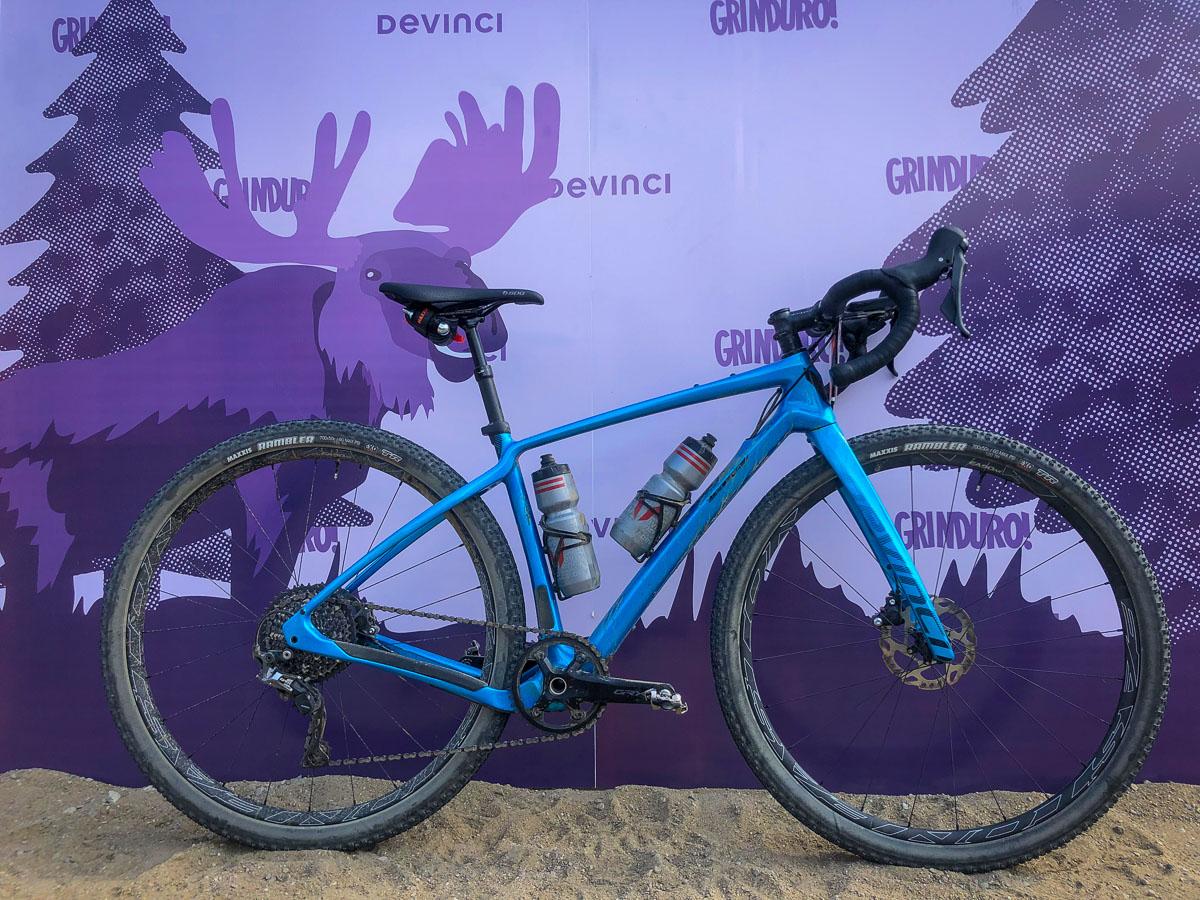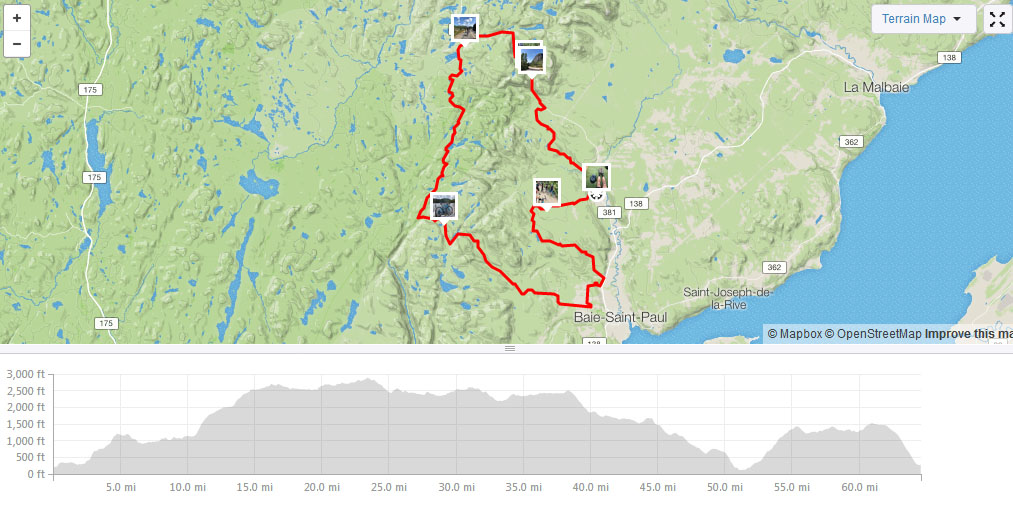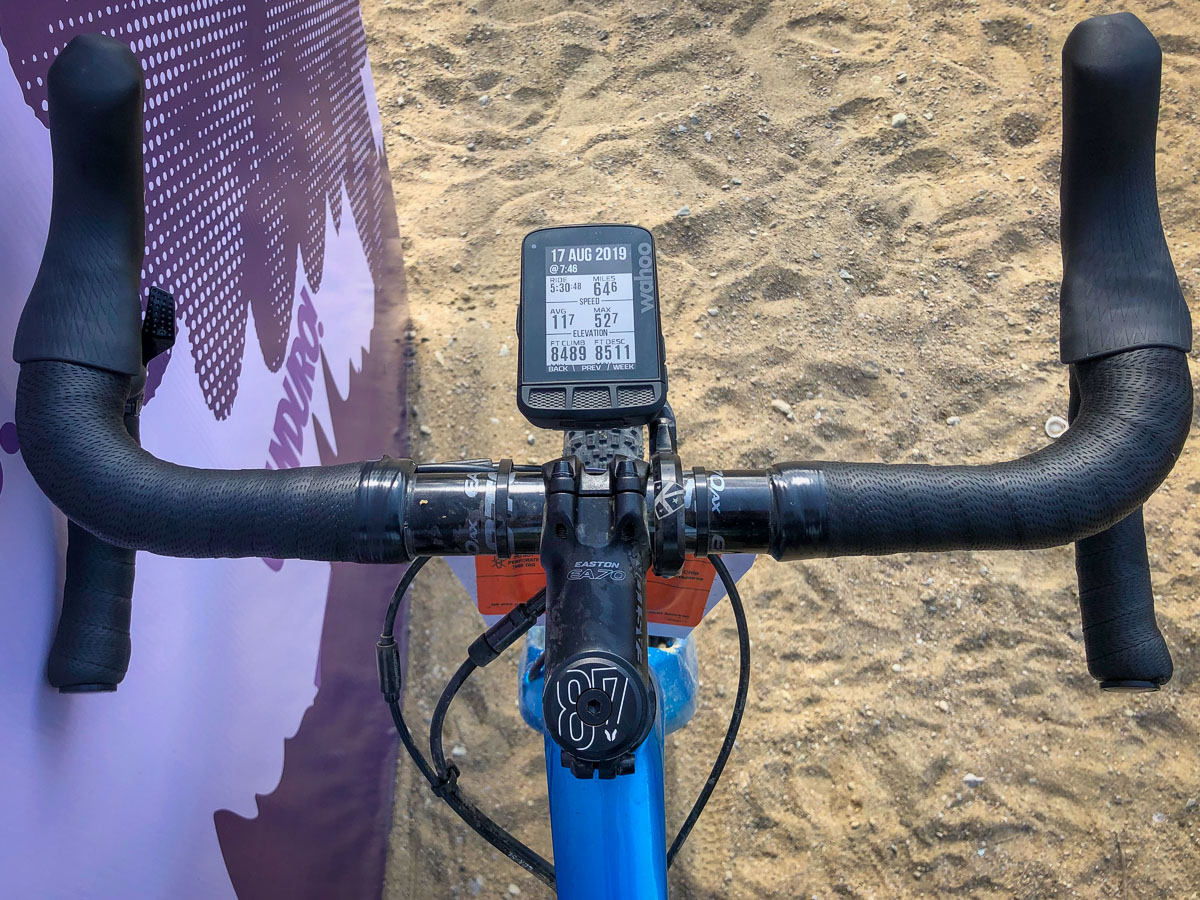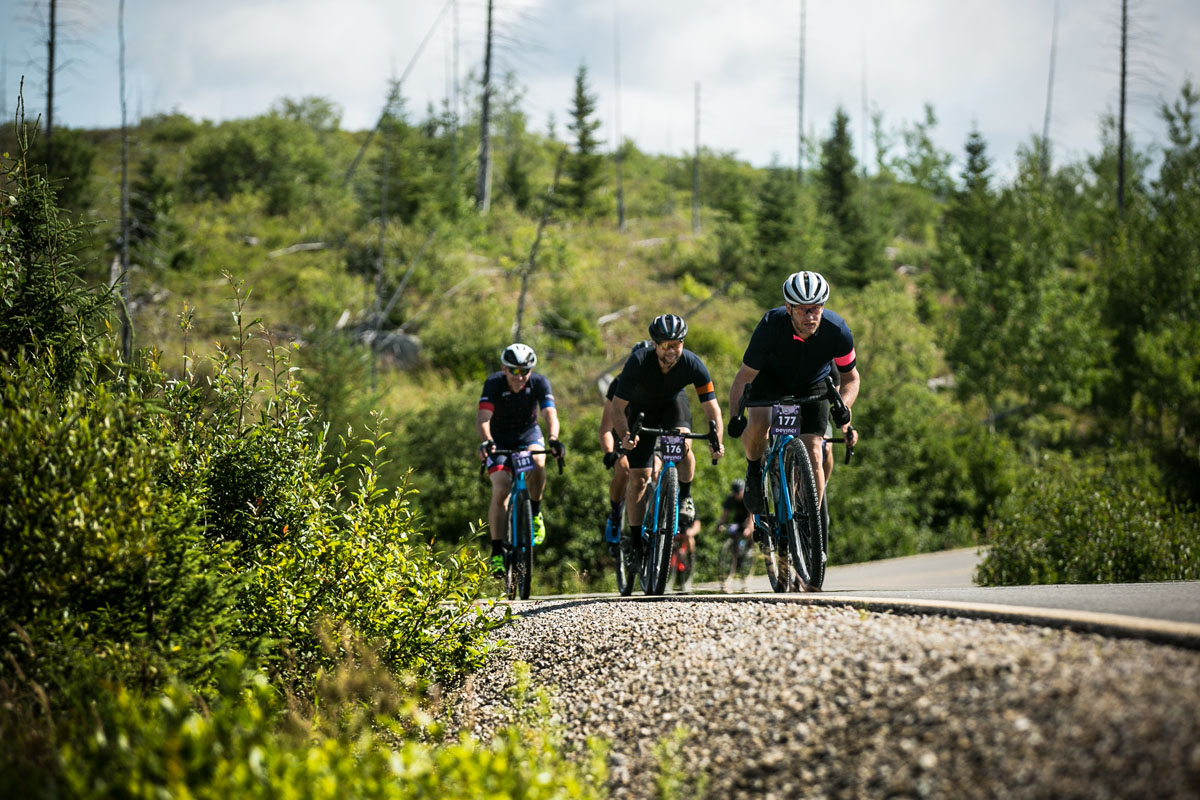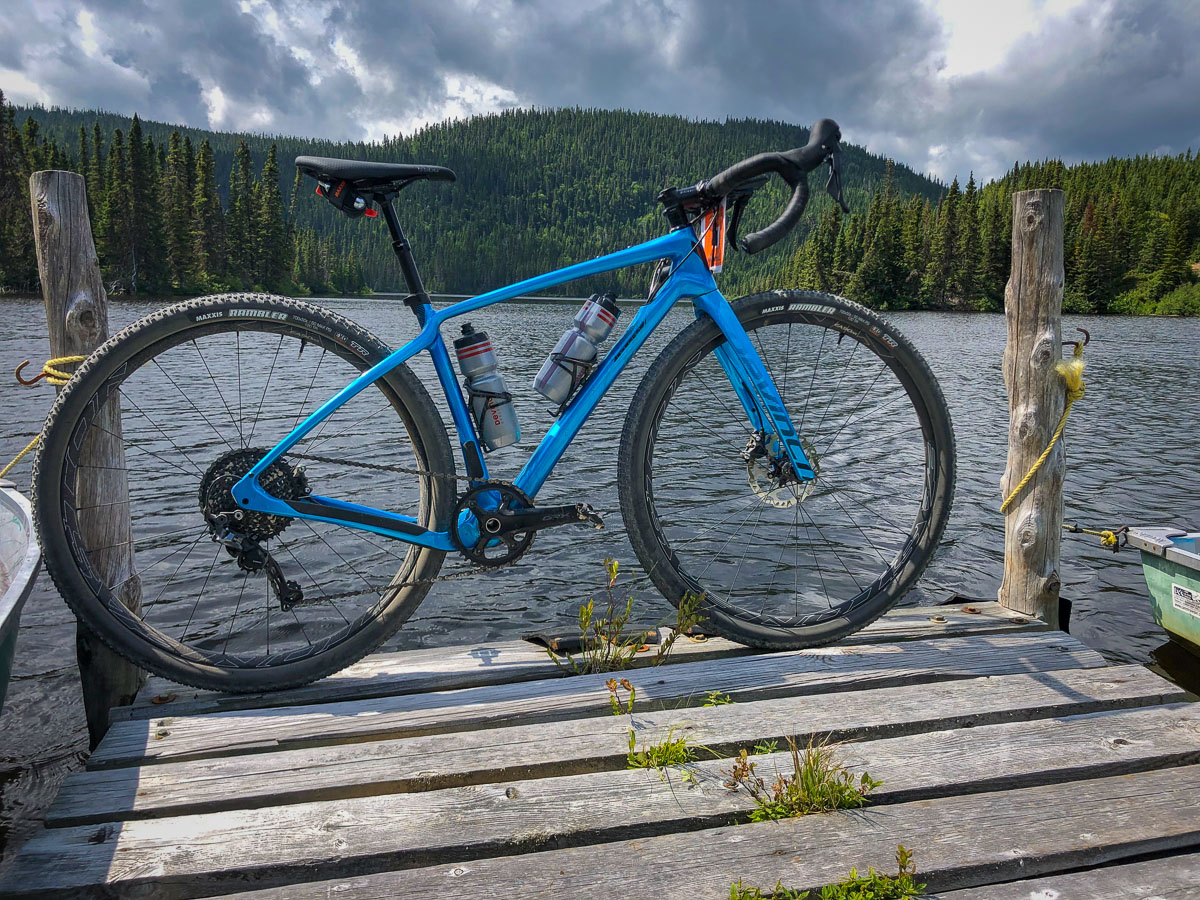When I agreed to fly up to Canada to check out the new Devinci Hatchet, I didn’t really know what I was getting myself into. Sure, I knew that we’d have a few days to acclimate to the bike and the terrain before jumping headlong into the first ever Grinduro Canada. But what I didn’t know was just how much technical single track, steep climbing, and soul sucking sand we were signing up for. Which is probably a good thing. Because if I had known, I might have chickened out and I would have missed out on one of my best rides in recent memory. And in this case it actually might have been the bike. Well, partially at least…

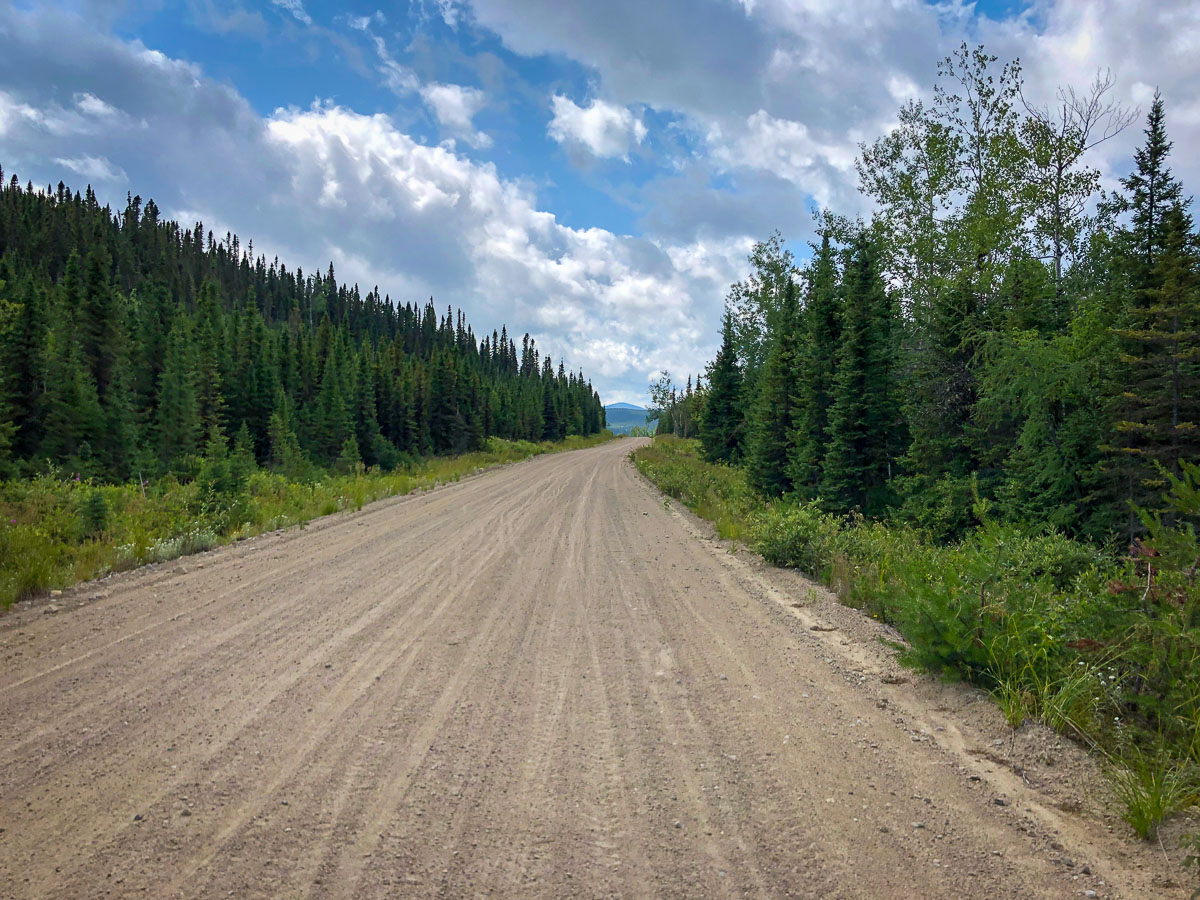
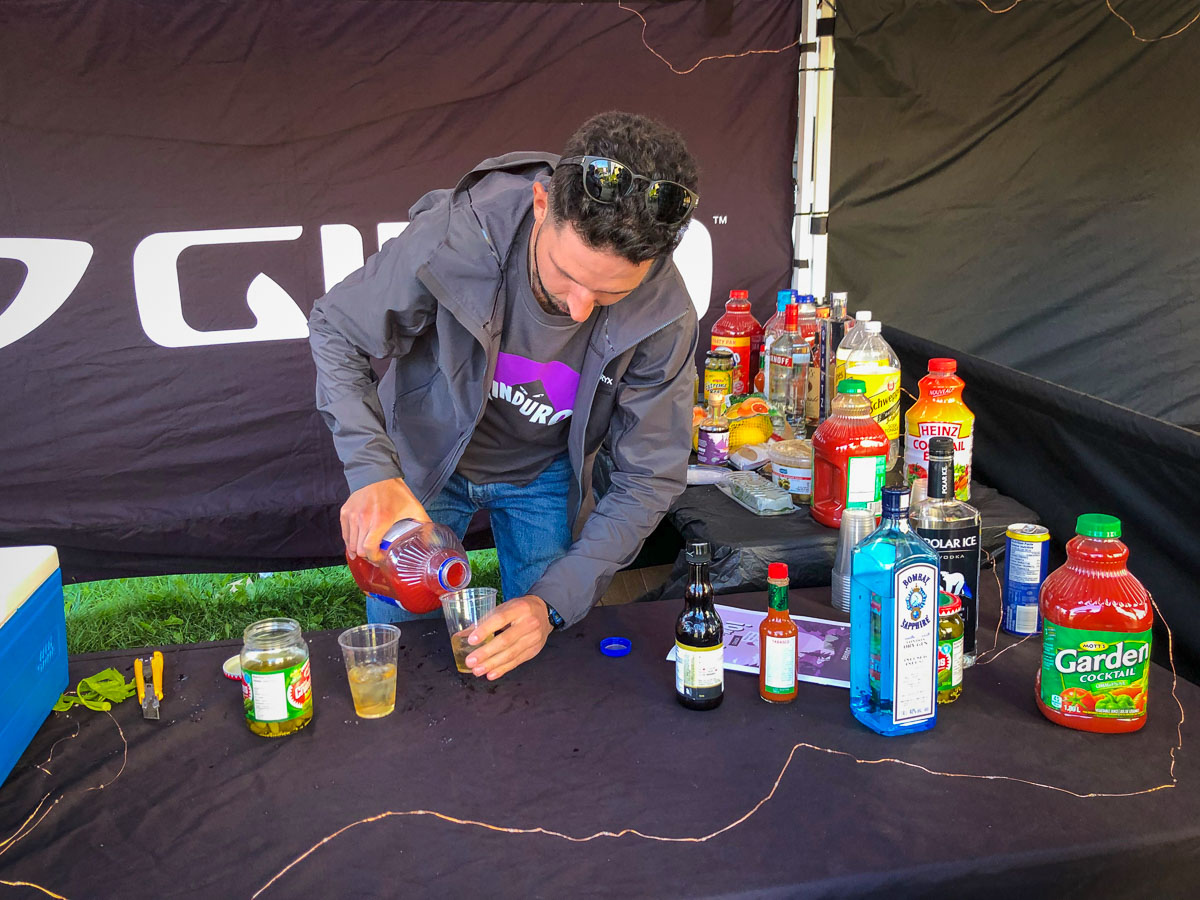

What is Grinduro?
First things first, just what is a Grinduro? That was a question that I fielded quite a bit from friends when talking about the event. Imagine the best features of a mountain bike enduro race, a gravel ride with your buddies, and a weekend of camping, eating, drinking, music, and partying all rolled into one awesome event. While the full course makes for a long day, only four relatively short stages are timed, so you can chill for most of the ride and then pin it when you’re on the clock. It’s as good as it sounds. Better, actually.
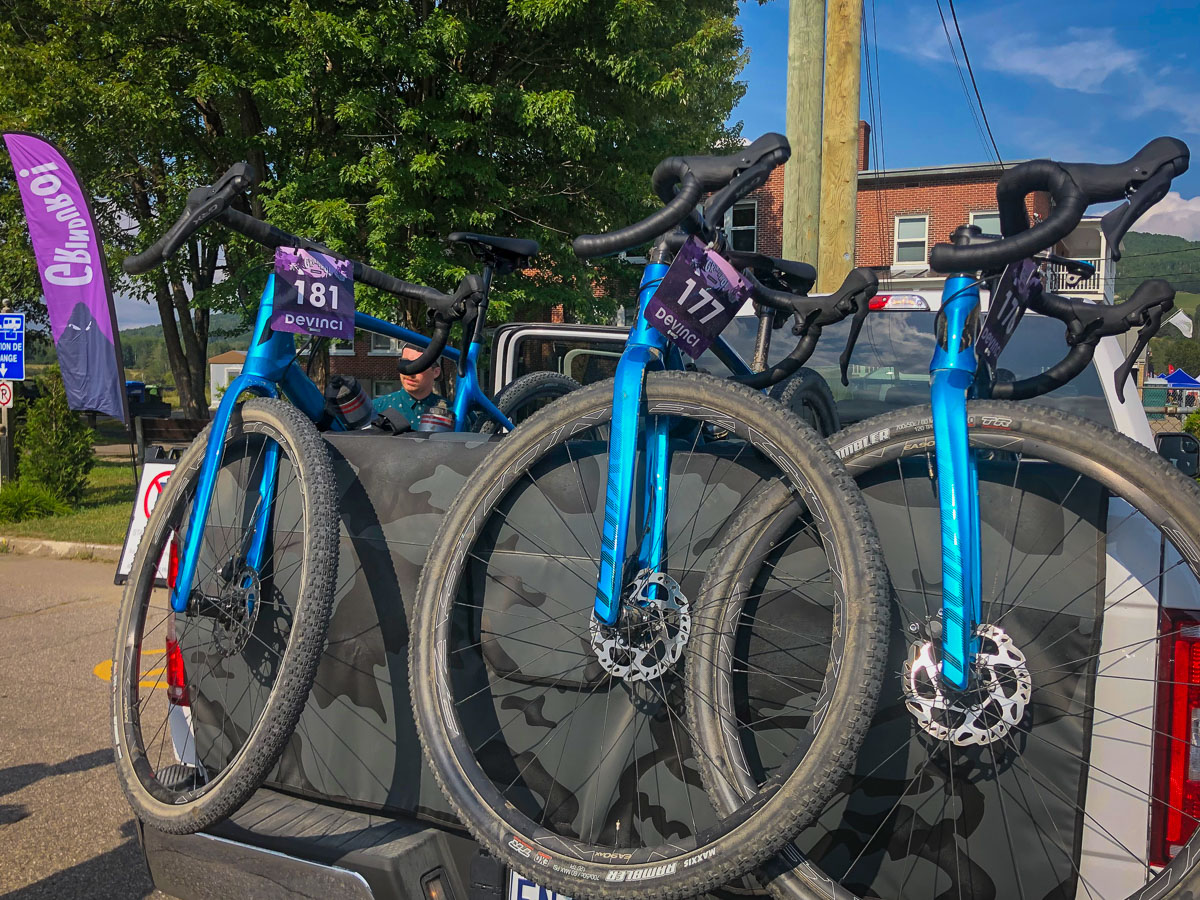
Originally started in California, Grinduro has now gone international with events in Scotland, Canada, and Japan. This happened to be the inaugural Grinduro Canada, centered in the picturesque Charlevoix region of Quebec. In this case, the course made a 64 mile loop out of town though beautifully remote areas and surprisingly sandy gravel roads. Even though the course profile doesn’t look particularly daunting, the constant barrage of steep climbs yielded an impressive 7-8k+ feet of climbing in just 64 miles. Devinci used Grinduro 2016 to launch the original Hatchet, but knowing what they had in store for 2020, they decided to host Grinduro Canada in their Quebec home to serve as the ideal event to launch a completely modern gravel bike.

All gravel is not equal
I think it’s important here to point out that it’s getting to the point that saying you’re going to ride “gravel” is like saying that you’re going mountain biking. That could be a 100 mile ultra marathon ride on a rigid XC bike, or it could be running park laps on an 8″ travel DH rig. There are gravel courses out there that can be easily be ridden on a road bike with 30mm tires, and then there are courses like this one…
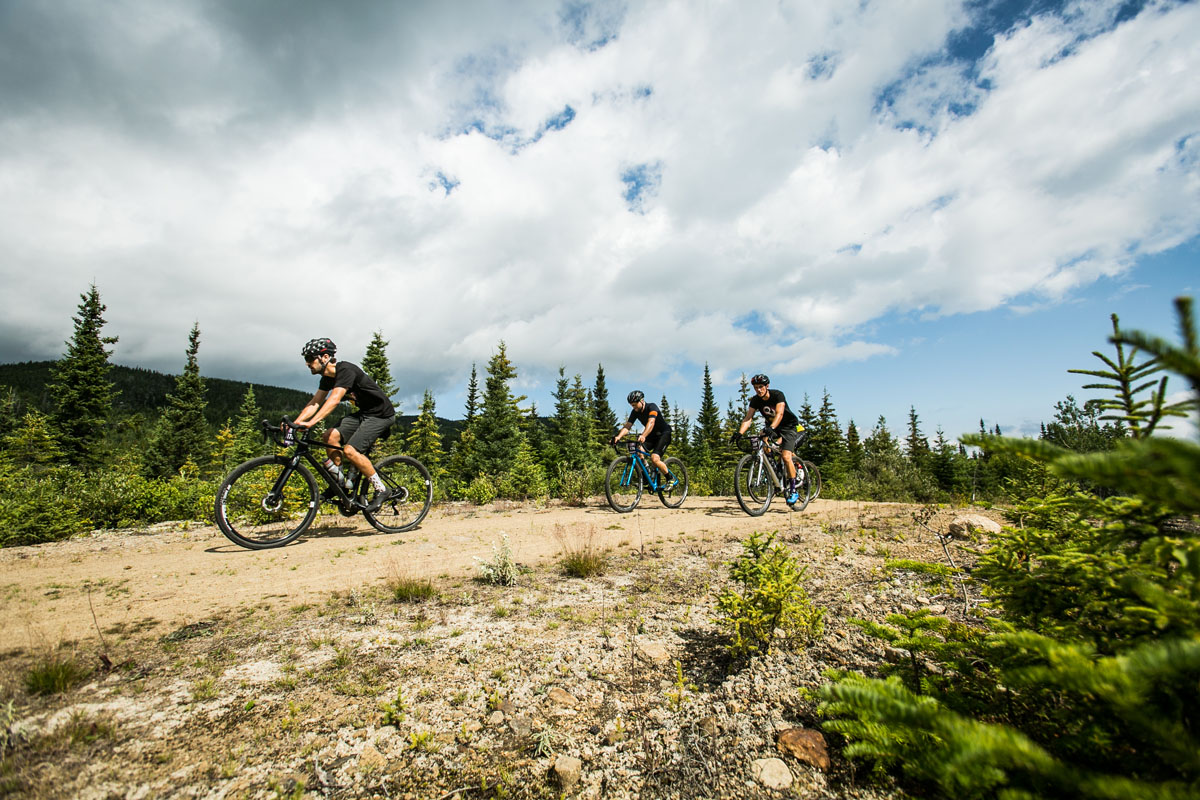

Huge Tires are Awesome
After the pavement prologue out of town, the path turned to loose gravel and the terrain pitched steeply upwards. It was time to put the new Hatchet to the test. One thing that was immediately apparent, was how much easier we seemed to have it on the first climb than other riders. Most of us in the Devinci staff and media contingent were riding massive 700c x 50mm Maxxis Rambler Tires on Easton EA90 AX rims with a 25mm internal width. Most of the other riders were on smaller, some much smaller, tires which were clearly struggling with grip on the steep, loose pitch. As rider after rider spun out and were forced to dismount, we slowly picked our way through the crowd and pedaled on through. This was a theme that continued throughout the day, and in spite of a course that was quite steep and challenging in sections, I am happy to report that I didn’t have to walk once.
I’ve always been a proponent of bigger tires on gravel bikes, but even I thought 50mm might be a little overkill. Mostly, I thought they might be slower on the climbs due to the extra weight you have to lug around. But on a course like the one at Grinduro, the bigger tires seemed to make it easier to keep traction, which meant you kept moving which was always faster than those who were forced to walk.
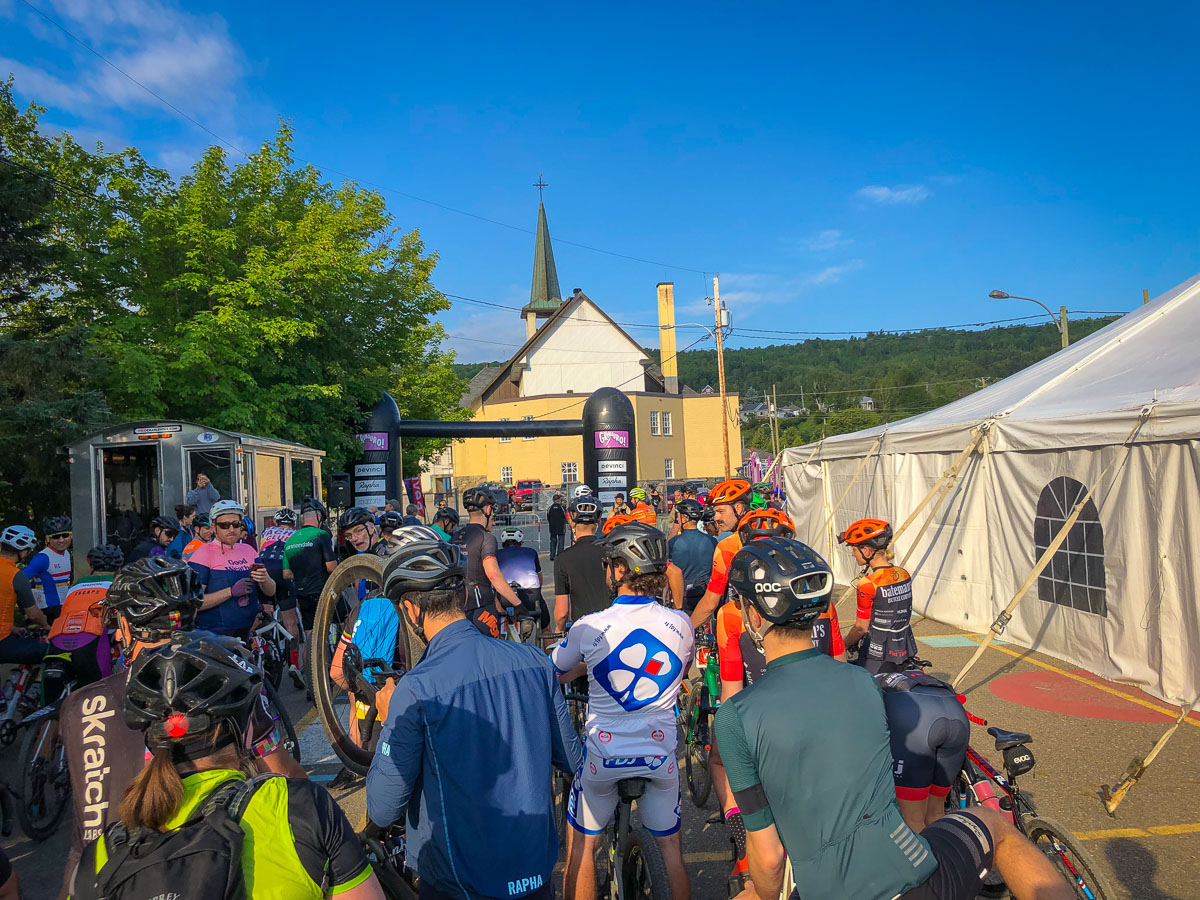
Or are they?
However, it did seem like it was a disadvantage on the pavement climb as proven by stage 2 – an uphill, paved time trial. I’m not a particularly good climber to begin with, but I can hold my own. However, it was stage 2 where I lost the most time. More than 3 minutes to be exact, which, all other stages being equal, would have put me in first place for my age group. Honestly though, even with road tires, I’m not sure I could have climbed stage 2 any faster. It was steep, and I knew I had a looong day ahead of me that I was just trying to survive.

So the timed pavement climb was the only part of the course where I felt large gravel tires were a disadvantage. Go figure. Everywhere else on the course, they proved to be a massive advantage. From smoothing out the ride thanks to the ability to only run 30psi or less, to offering confidence on the mountain bike-worthy single track of stage 3.

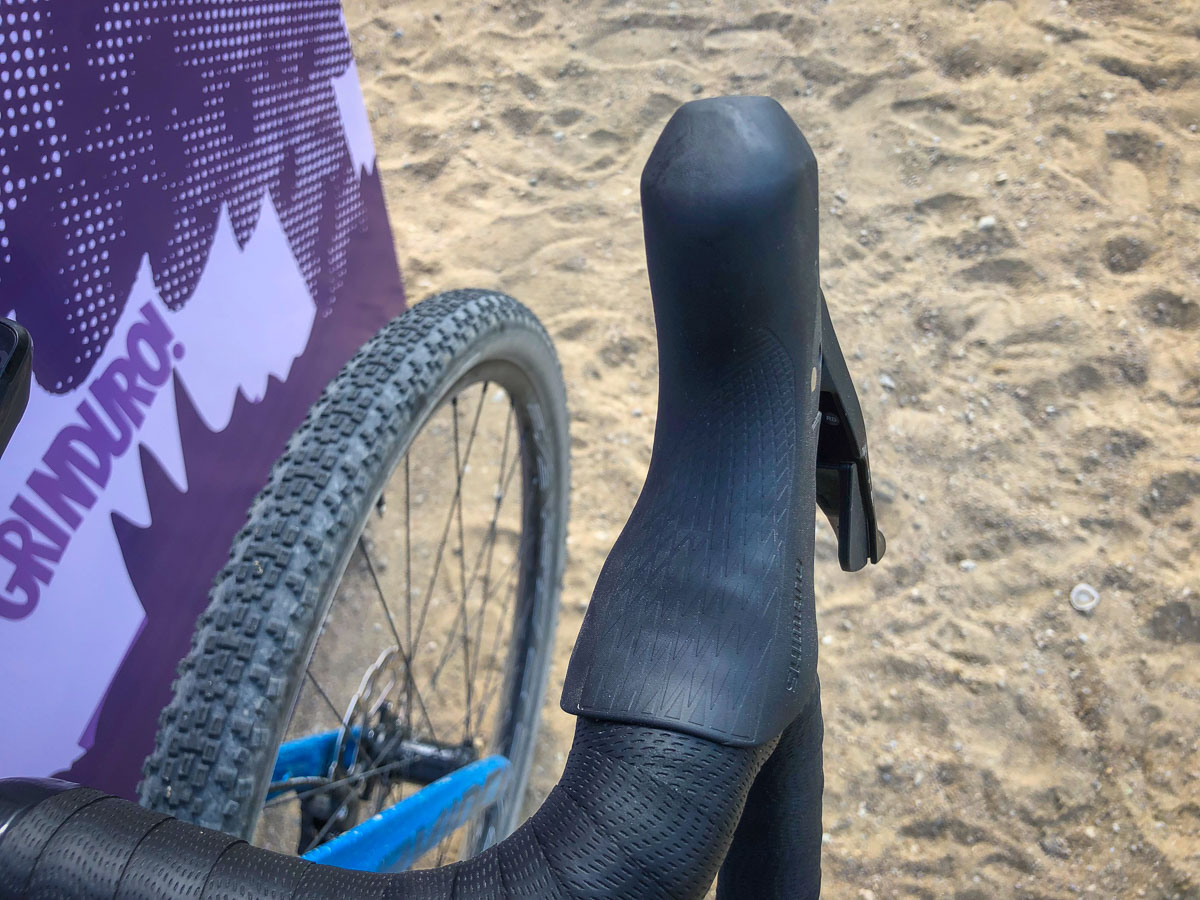
Dropper Dilemma?
This is where the dropper post comes in. Well, that’s not true – it was utilized almost the entire day, but this is one area that it really stood out. I’ve said it before, dropper posts are absolutely not a requirement for a gravel bike. But once you’ve used one on a course like Grinduro Canada, it’s hard to go back.

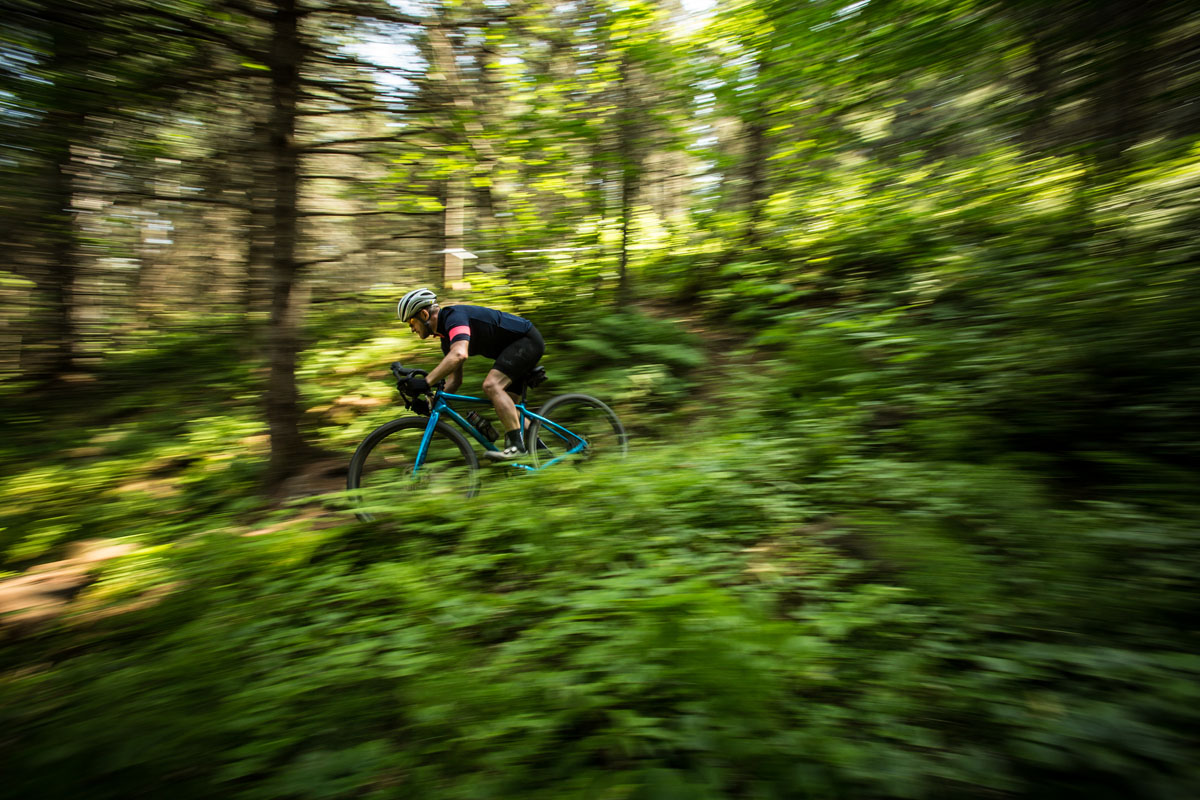
Coming from a mountain bike background, stage 3 was naturally my favorite. Even with 50mm tires, a gravel bike was definitely not the right tool for those trails, but that’s part of what made it so enjoyable. It feels a bit wrong to send small doubles, rock drops, and wooden features on a gravel bike, but at speed, it’s everything I love about mountain biking, just on (slightly) smaller tires. The dropper post ensured that when things got a little too sendy, I was able to lean way off the back to keep from going OTB. I ended up with third place for stage 3 in my age group, which I was pretty happy about especially given that at least one of the riders who went faster was on a full suspension mountain bike (and I caught and had to pass another rider at an inopportune time). I believe that my time would have been slower without a doubt with smaller tires and a rigid seatpost.
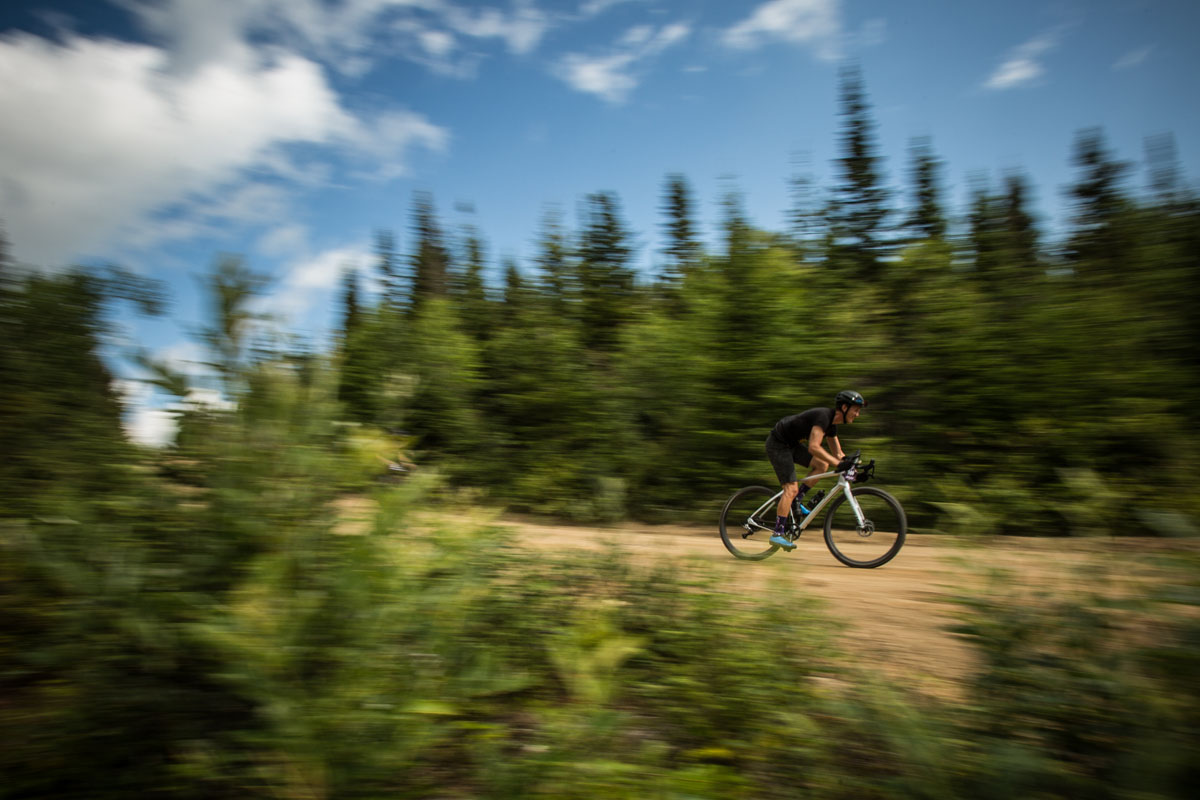
But Is it worth building your bike to go fastest for one six minute stage out of an entire event like Grinduro? That depends on your personal preferences and what you get the most joy out of, but there was also more to the dropper post than stage 3. Over the course of the day there were quite a few sustained, high speed descents with terrifyingly loose sand and gravel. On these, the ability to drop the post a bit to get it out of the way and lower your center of gravity seemed like an advantage, especially as your body weakened throughout the day. Not to mention that the dropper is a secret weapon when it comes to aerodynamics. Sure, you can get off the front of the saddle and crouch on your top tube. Or, you can just hit the lever and drop down which is so much easier, again, especially when tired.
However, it is still a solid chunk of weight to add to your bike. And the beauty of the Grinduro format is that since only the stages are timed, you could stop to manually drop your post with a multi-tool before stage 3, and then raise it at the end. But then again, you wouldn’t be able to raise it mid-stage for the short climb either. I went into this thinking that a dropper post is a luxury that probably isn’t warranted for a lot of gravel riding/racing. I still think that, only less so. Thanks to more and more capable gravel bikes popping up, I envision more events will incorporate terrain like Grinduro has, in which case the dropper post will become a lot more prevalent. As for my personal bike? At this point if I was building up a Hatchet tomorrow, it would absolutely include a dropper. I would not have said that before riding the Hatchet.
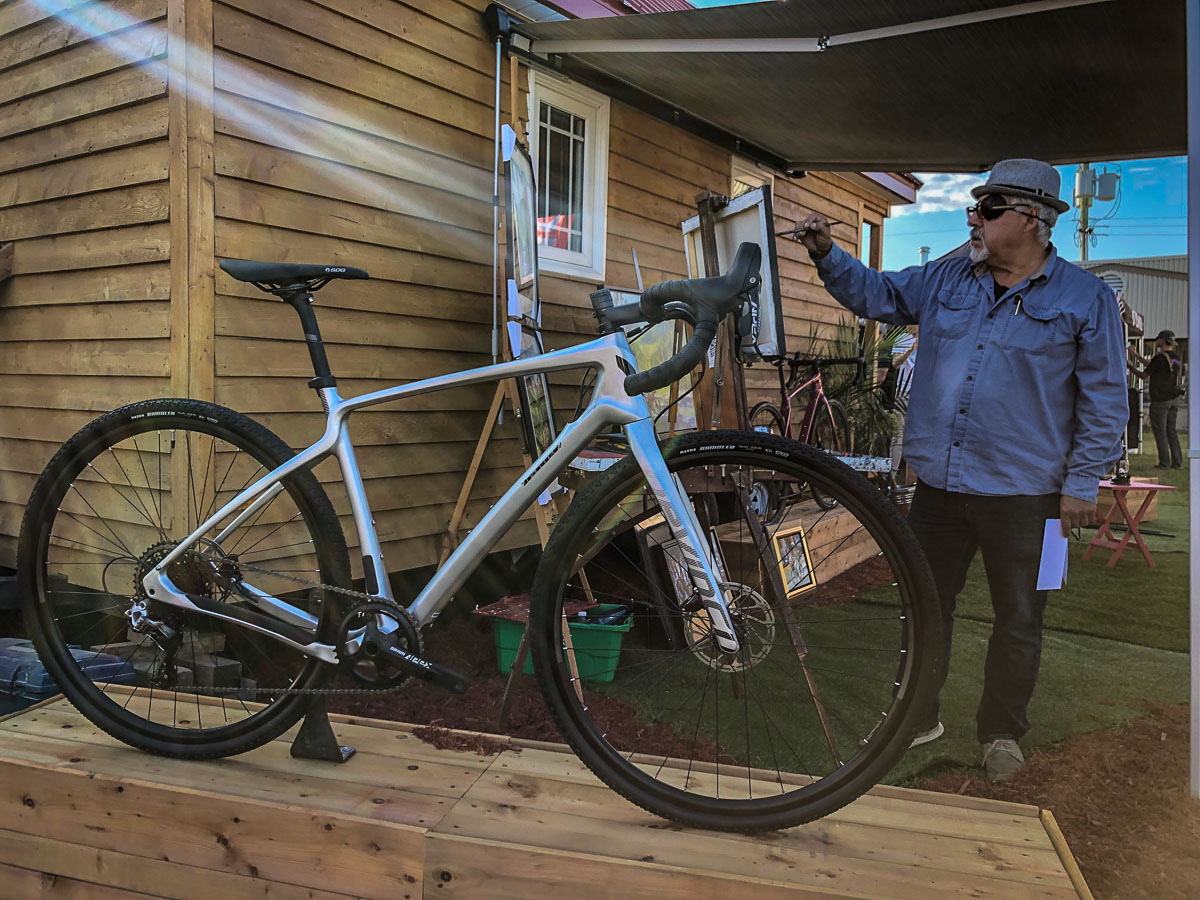
The ability to run a dropper or a rigid post is part of what’s so appealing about the new Hatchet. It has all the capability to run 50mm tires and a dropper post, but it’s also capable of being built with a more traditional set of 40mm gravel tires and a rigid post if that’s more your speed. For a few years I’ve thought that gravel bikes should at least have the ability to run 700c x 45mm tires, but now I think I’m going to have to bump that up to 50mm.
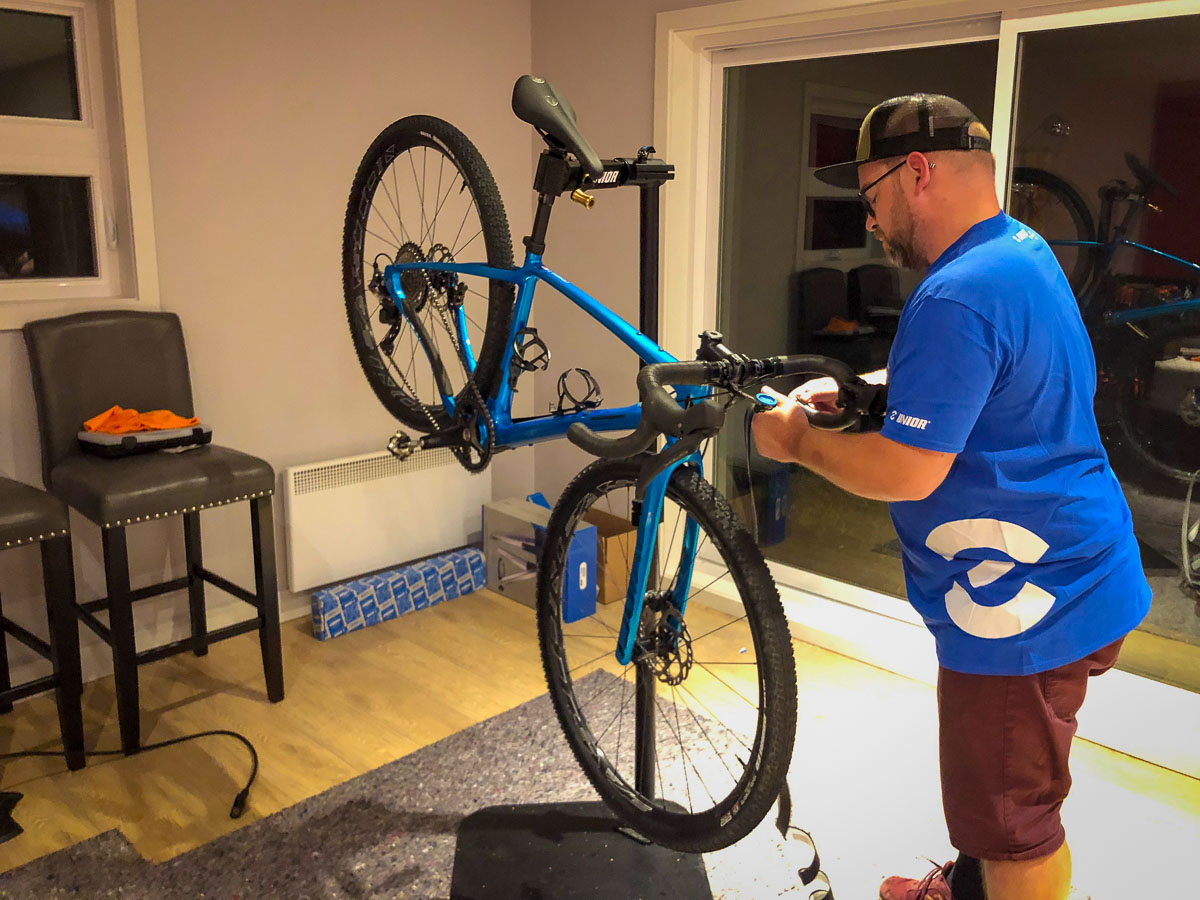
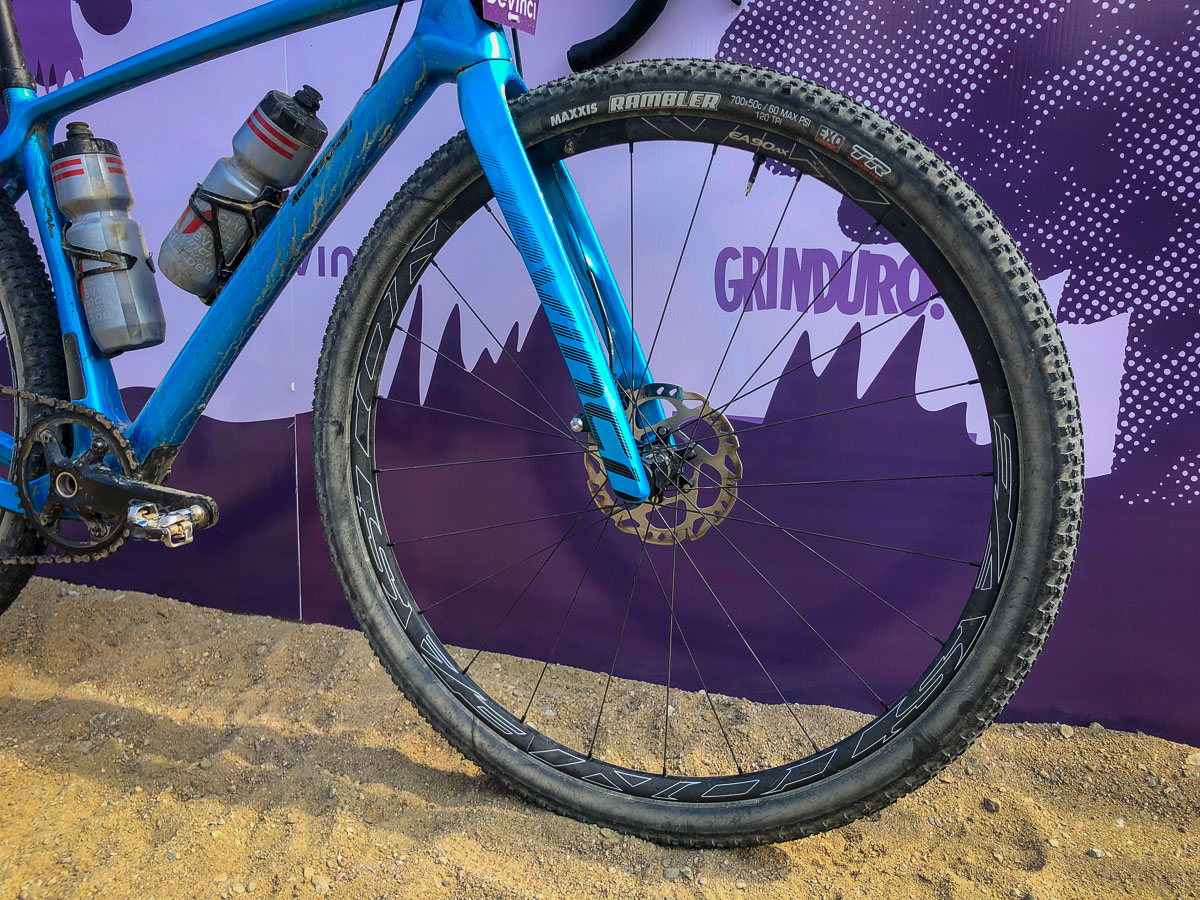

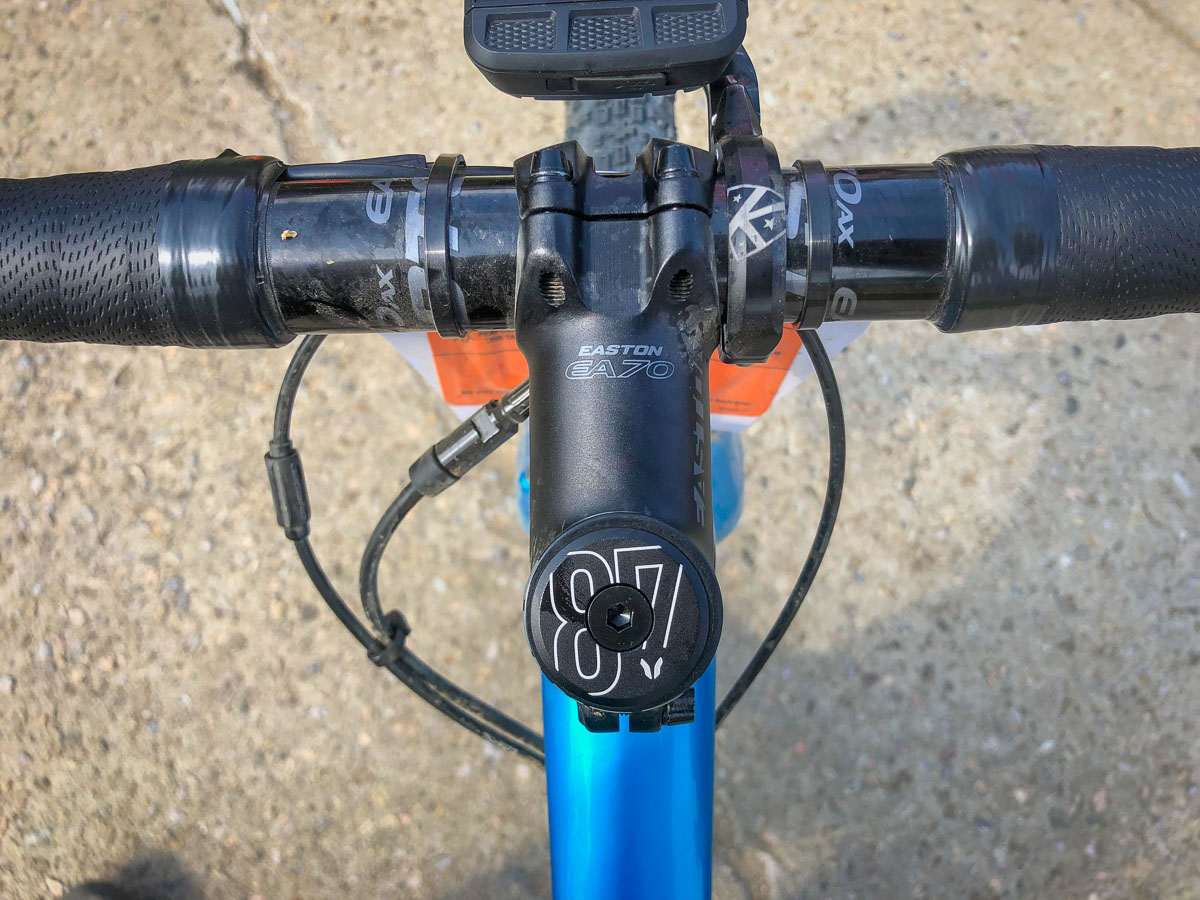




(Somewhat) Stock
More importantly, the new Hatchet seems to be incredibly well thought out from start to finish. It looks great, the carbon frame and fork offer a ride that is still stiff, efficient, and comfortable even with monster tires, and the frame offers a plethora of mounts which should accommodate most gravel riders and racers. If you need more cargo carrying ability, the aluminum frame adds in the option of a front rack as well. My time was spent on a small Hatchet Carbon GRX LTD stock build with the only changes being the wheels and tires, and I had Devinci add a second layer of bar tape since the stock tape was a bit thin for my liking without gloves. We were lucky enough to have Pro team mechanic and Unior USA Operations Manager, Chris Kreidl, wrenching on our bikes for the week, and my bike was perfectly dialed for the big day.
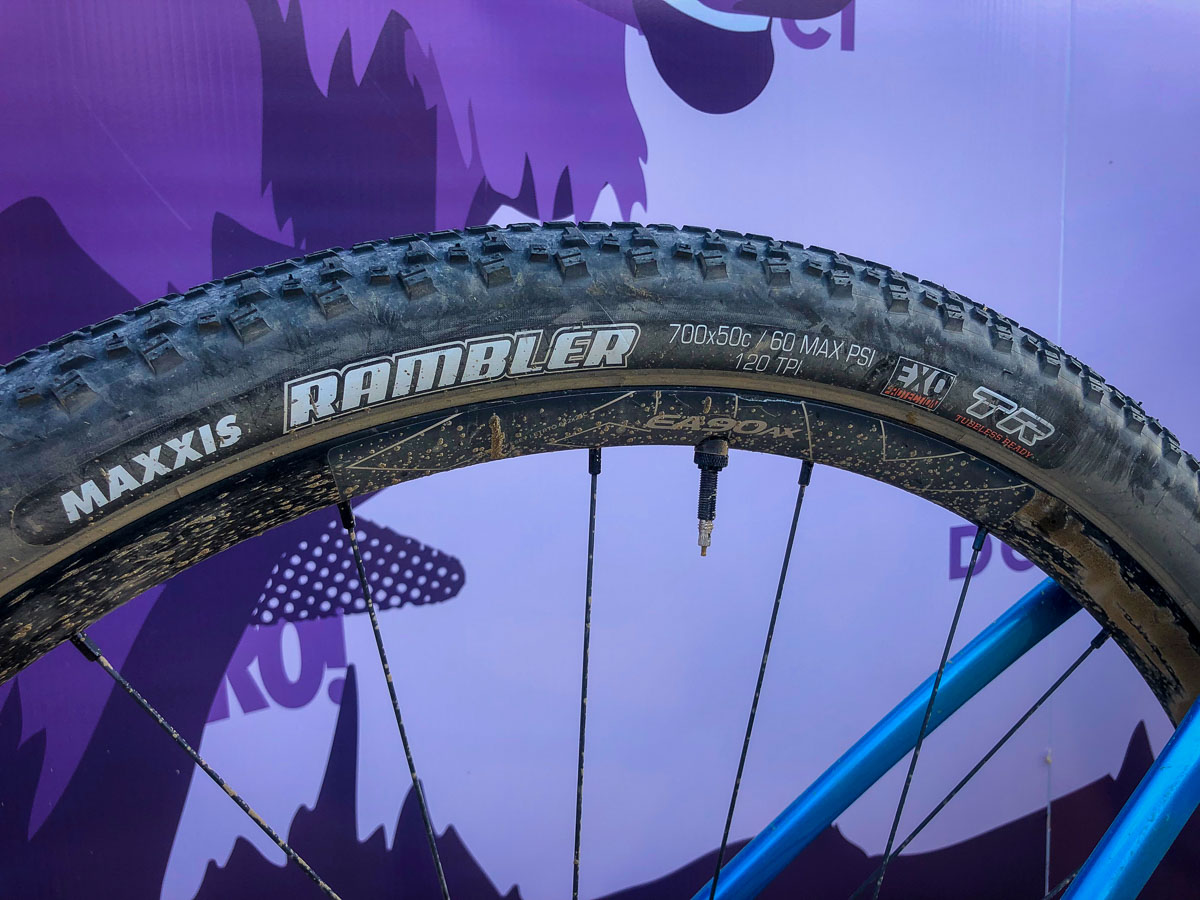
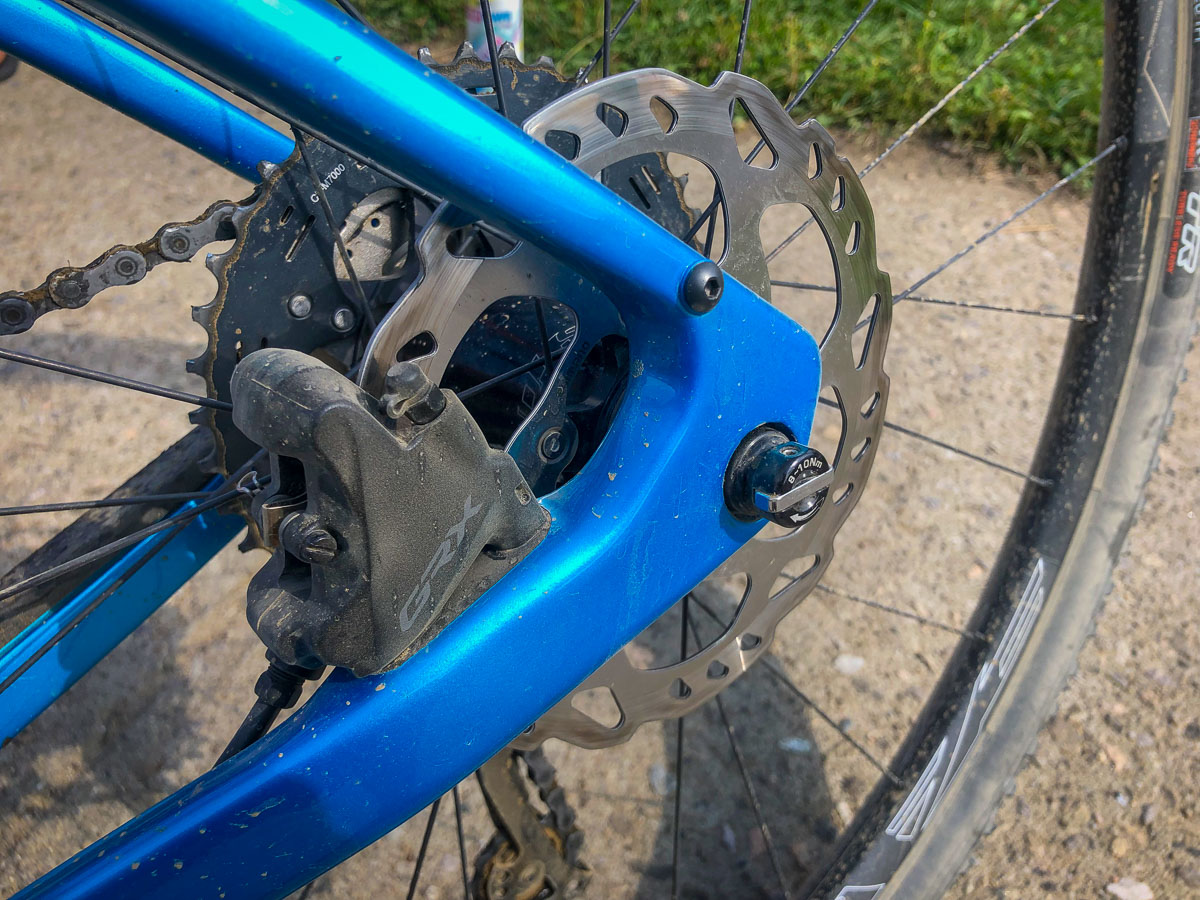
Results
Going into the race, I really had no aspirations other than to finish. Jokingly, I said I had hoped to be in the top 50. This was my first Grinduro, and technically my first “gravel race” ever, so really I was just hoping to survive what I knew would be a very physically demanding day. I ended up in 7th place for my age group on a brand new bike that I had only ridden for the past two days. Looking back, the only thing I would change would be to have brought a pump to add more air to the tires before stage 2, and then air down a bit more for stage 3 (OK, maybe slightly easier gearing. Did I mention that it was steep?). Other than that, I wouldn’t change a thing. For a first ride review, it doesn’t get much better than that.
P.S. Want to ride a Grinduro? Of course you do. Scotland and Canada have come and gone, but Grinduro California is coming up on September 28th, and Grinduro Japan is scheduled for October 12th.
For more on the new Hatchet, check out the tech overview here, and the model overview here.

